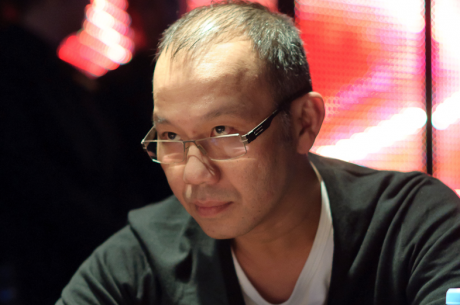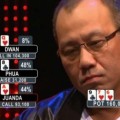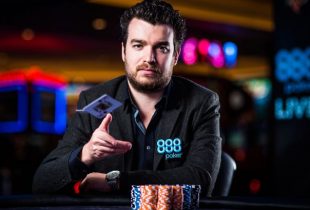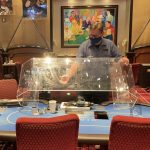
Paul Phua Court Case Reveals Surprising New Details

Latest documents in the Paul Phua sports betting case detail how the villas were used and how much credit was extended to members of the alleged ring. (Image: brotherjohnf.com)
Defense attorneys in the Paul Phua sports betting case have submitted documents that reveal new details about the investigation that eventually brought down the alleged betting ring that was being run out of a Caesars Palace villa in Las Vegas.
That includes further information on how the FBI gained access to the villa, as well as other details of that stay that eventually landed Phua and other guests into the crosshairs of investigators.
Tens of Millions in Credit
It’s clear that Phua, co-defendant Richard Yong and others on trial were spending a lot of money while they were at Caesars. Yong wired nearly $5 million to Caesars for his stay, and provided another $4 million via certified checks from the Bank of Macau.
But that wasn’t nearly enough to satisfy the needs of the group of people staying with Phua and Yong. Phua received $16 million in credit, while Yong was given $30 million by the casino. All told, more than $93 million was loaned on credit to 27 individuals who were a part of the group staying in the villas.
Some of that money was used to pay for part or all of several entries into the Big One for One Drop, the $1 million buy-in tournament that Phua and Yong had previously played during the 2012 edition of the tournament. Ultimately, Yong and Phua chose not to play in this year’s version of the event, apparently due to a dispute with One Drop founder Guy Laliberte. But Young still backed Phillip Gruissem and Igor Kurganov in the tournament, while businessman Stanley Choi received his $1 million buy-in from defendant Yung Kueng Fan.
Only One Villa Used for Operations
One of the more interesting revelations has to do with the three infamous Caesars villas that were being utilized by the defendants on the Las Vegas Strip. According to the latest information, the group did indeed occupy three villas, but only one of those was actually operating the sports betting operation. Villa 8888 (also known as “Constantine”) was registered to defendant Hui Tang, and was supposedly where the allegedly illegal gambling operation was headquartered. Meanwhile, villas 8881 and 8882 were registered to Yong and Phua, and were likely only used to watch games.
But the activities in Villa 8888 were enough to make anyone suspicious. According to court filings, the villa initially had eight DSL lines installed for eight work stations, each of which also had extensive cable television access and VOIP (Voice-Over Internet Protocol) phones. The occupants even complained at one point that some of the workstations were lagging behind others, something that could have potentially been a problem if the group were taking in-play bets on live sporting events.
It’s also clear that there were far more people spending significant time in the villas than the eight who were eventually arrested in connection with the sports betting operation. One document outlines the fact that 19 keys had been issued for Villa 8888 alone, and that Caesars had trouble figuring out who had the keys, since many of them were picked up by representatives of the group.
Defense lawyers for the eight men on trial for running the alleged gambling ring are attempting to have much of the evidence against their clients thrown out on the grounds that FBI agents violated the defendants’ protections against illegal search and seizure under the Fourth Amendment of the United States Constitution. FBI agents apparently turned off Internet access in the villas in order to coerce the tenants into calling for technical support, at which point they were able to collect evidence under the guise of being casino repair technicians.















0 Comments